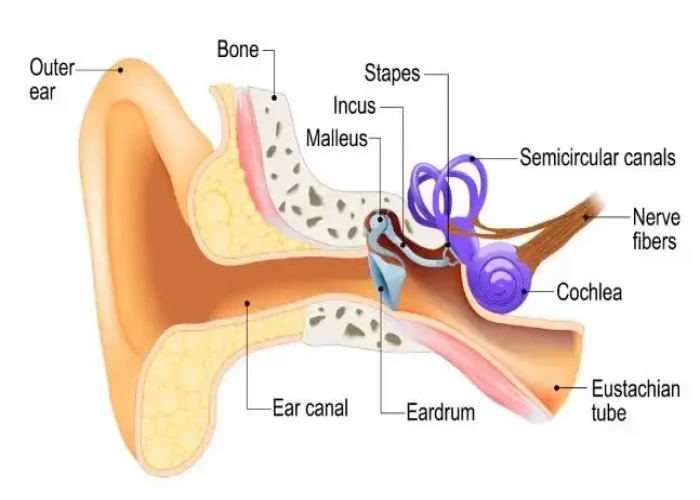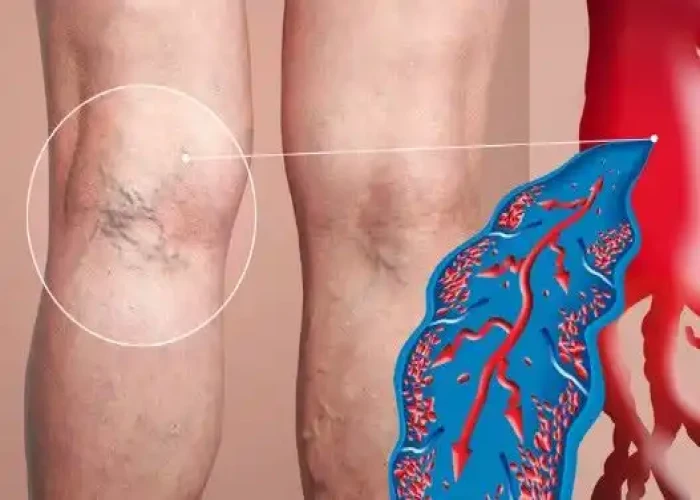 Welcome
Welcome
“May all be happy, may all be healed, may all be at peace and may no one ever suffer."
Veins - Diseases
Veins are blood vessels that carry blood back to the heart from the body's tissues and organs. They are an important part of the circulatory system, which is responsible for transporting blood throughout the body.
Veins are different from arteries, which carry oxygenated blood away from the heart to the body's tissues and organs. Veins typically carry deoxygenated blood, although there are some exceptions, such as the pulmonary veins, which carry oxygenated blood from the lungs to the heart.
Veins have thinner walls than arteries, and they have one-way valves that prevent blood from flowing backward. When the muscles surrounding the veins contract, they help to push blood through the veins back to the heart. This process is aided by the respiratory system, which creates pressure changes in the chest that help to move blood back to the heart.
There are three types of veins in the body: superficial veins, which are located near the surface of the skin; deep veins, which are located deeper in the body; and perforator veins, which connect the superficial and deep veins.
Vein problems can occur when the valves in the veins fail to function properly, allowing blood to flow backward and pool in the veins. This can lead to conditions such as varicose veins and deep vein thrombosis (DVT). Treatment for vein problems may include lifestyle changes, compression stockings, medication, or surgery, depending on the severity of the condition and the individual's circumstances.

Back

Joints

Jejunum intestine

Head

Throat

Ossicles Middle ear

Mouth

Retina Eye
Veins, Varicose veins, শিরা
To be happy, beautiful, healthy, wealthy, hale and long-lived stay with DM3S.



